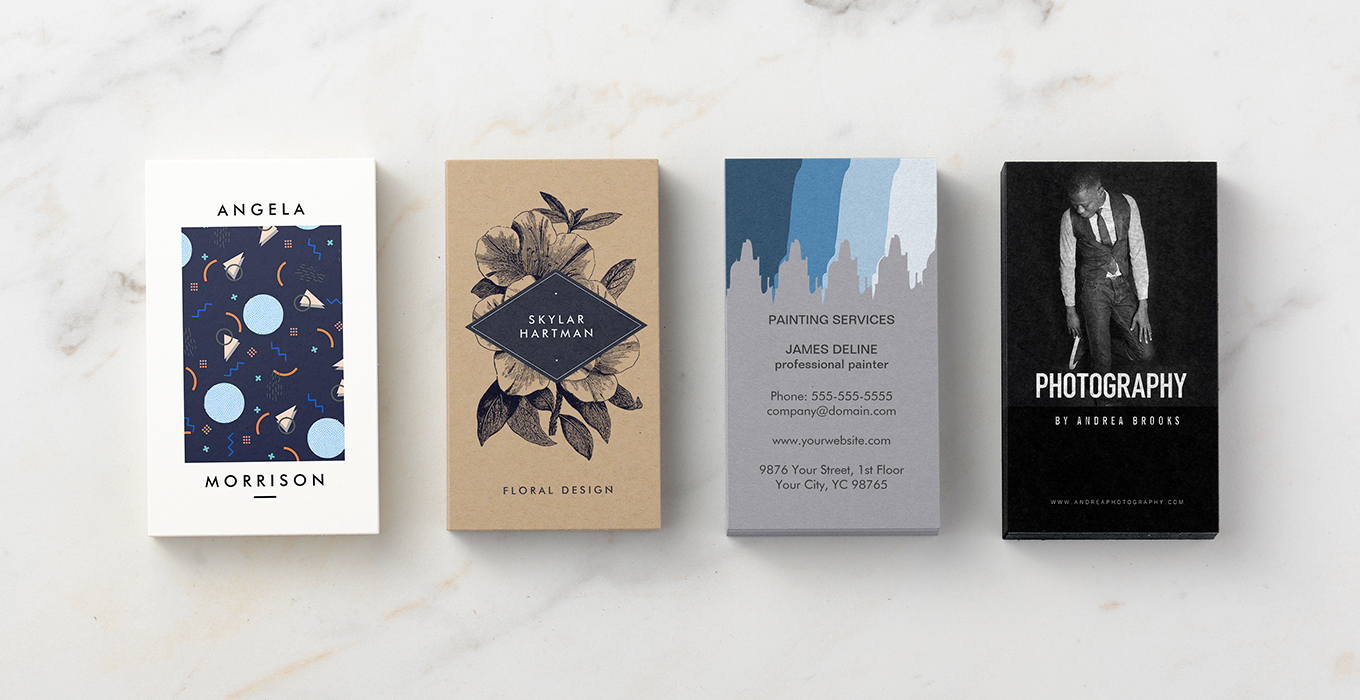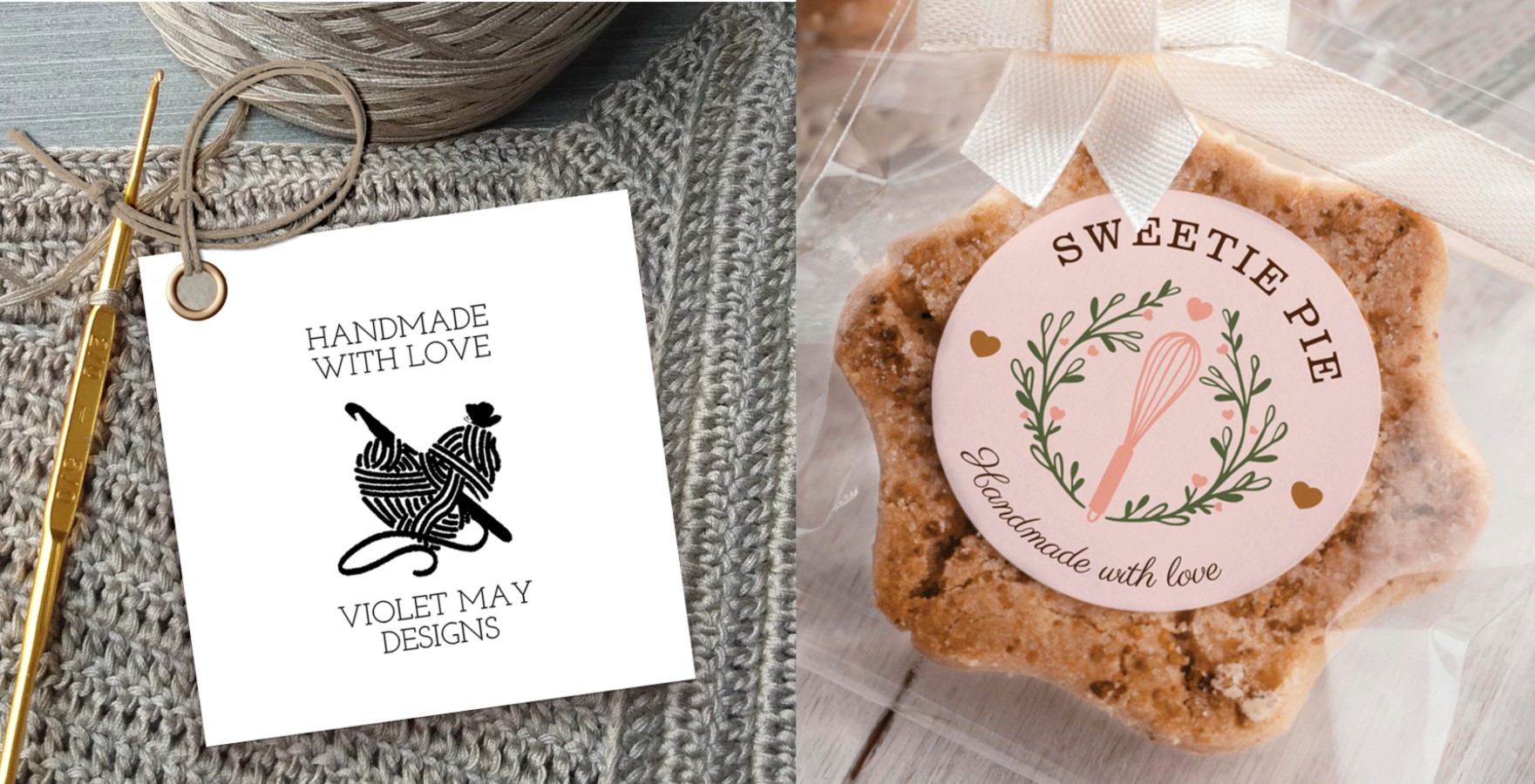Is your business card just a means of sharing your contact information? No way! Your business card tells your peers about your professionalism. It conveys your company’s commitment to presentation and to details. It can make that all-important first impression. If your business card isn’t top of the line, others may suspect that your business isn’t top of the line.
Once you start thinking about your business cards, all kinds of questions could spring to mind. What size should a business card be? What kind of paper would be ideal? You might lie awake at night wondering about the best finish to use for your business cards. Fear no more, we’re here to guide you through the process of creating a business card that best reflects you and your business.
How to Select the Perfect Card
First, it makes sense to stick with the typical 3.5 inch by 2 inch business card size. If your card is significantly larger, it might not fit neatly inside purses, wallets and desk drawers, which probably won’t endear you to potential clients.
Next, keep the text to a minimum. Your name, title, company name, phone number and website should suffice. A brief motto or tagline might work as well. Your card becomes ineffective if it’s overloaded with information. And many recipients won’t bother trying to read it.
Your font should be crisp and easy to read. People don’t want to squint or whip out a magnifying glass to read your business card.
A company logo, your headshot or another colorful image will complete the effect. If you don’t want to use an image, utilizing white space can be another great way to make your business card stand out. Blank areas are easy on the eyes, and they contribute to a clean and polished look.
Choosing a Finish: Matte Vs. Glossy Business Cards
What’s the best finish for business cards? It really comes down to your personal taste.
Matte and glossy finishes are two high-quality options. Both offer protection. They make cards stronger and more durable, and they allow colors to remain intact.
With a matte finish, the surface isn’t shiny. It makes for a business card that’s subdued, classy, and won’t collect any pesky fingerprints. On top of that, people can write on matte cards if they want. In contrast, a business card with a glossy finish catches the light, which can really make photos and other images stand out vibrantly. If you want the strongest shine possible, opt for a high gloss.
Paper Matters
Generally speaking, a thick business card is more preferable to a thin one. Thicker cards feel more substantial and can make your company seem more important and valuable.
From a pragmatic standpoint, a thick card stands out among its thin counterparts. If someone you’ve networked with is leafing through a collection of cards, she or he might be more likely to pull yours out of the pile if it’s nice and thick.
So what’s the best thickness to use for business cards? Again, your personal preferences will come into play, but it’s wise to pick at least a 14 point cardstock. And be aware that 16 point, 17 point and 18 point thicknesses can all make for outstanding business cards.
The Overall Effect
You’ve chosen your paper thickness and your finish. You know the words and the image that you’ll use. Now the question at hand is: What general theme or style do you want for your business card? When someone glances at your card for the briefest of moments, what feeling do you want to impart?
For example, maybe you’d like to communicate that your business is a solid, traditional and trustworthy organization. If so, your best bet might be a dependable choice: a white customizable business card. It always looks fresh, is always in season, and can be created to your liking.
Are you feeling a little more daring? Is your brand a little trendier than average? In that case, you could settle on a chic option such as a white business card with a border of navy blue polka dots.
If you cater to a specific niche of consumers, you might tailor your card to that group in a bold way. It could be part of a corporate strategy to corner the local market. For instance, if you manage a store that sells nostalgic items from the 1980s, you could select a business card that’s shaped like a cassette tape.
If you’d like to exude luxury and elegance, you might think beyond your business cards. That is, you could carry your cards inside an engraved leather business card holder. This might help you stand out in the minds of the business people you meet and greet. And, as a practical bonus, you’d keep your cards as safe and dry as possible.
As a final note, you never want to design your business cards in isolation. Instead, they should have the look, the feel and the coloring of your other branding materials: your website, social media pages, print ads and so forth. Brand consistency is key to both public awareness and consumer loyalty. When your business cards are an extension of your corporate personality, you’ll burnish your brand every time you hand one out.

From Weddings to Tech, our Zazzle Contributors are experts on a wide variety of topics and information. We hope their advice and ideas will help you be inspired!




